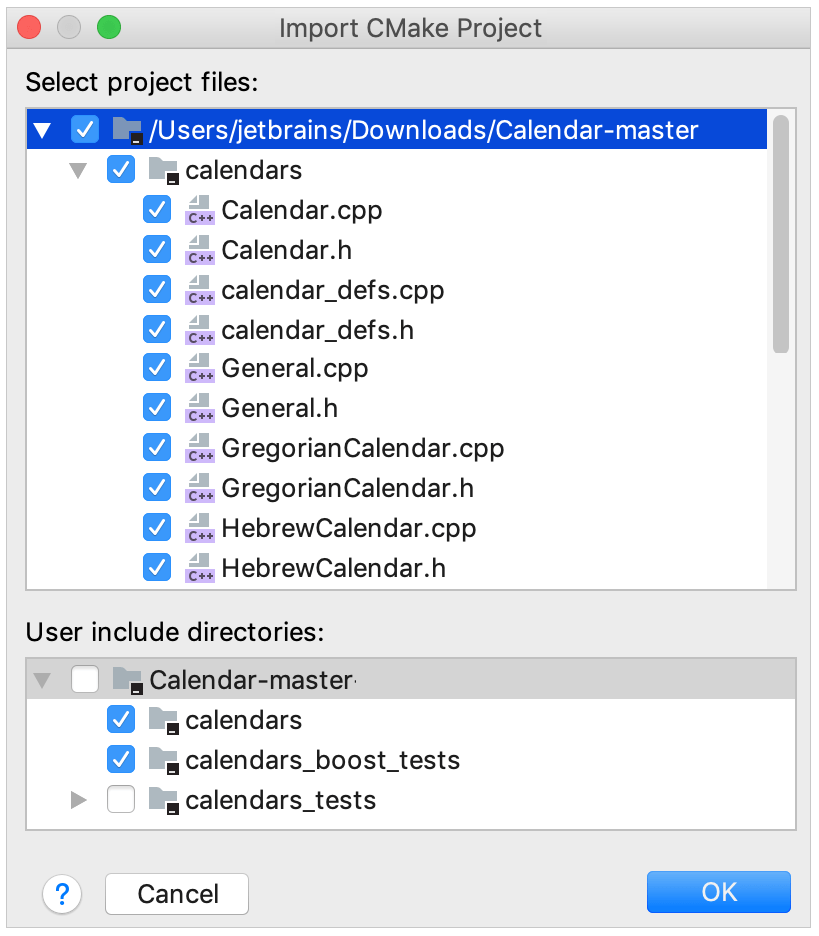
Next, search continues in the \include directory, then in the \my\include directory, and finally in the directories assigned to the INCLUDE environment variable, in left to right order. The following command looks for the include files requested by main.c in the following order: First, if specified by using double-quotes, local files are searched.

To set this compiler option programmatically Directories must be separated by a semicolon ( ). You can specify more than one directory at a time in this property. Modify the Additional Include Directories property. Select the Configuration Properties > C/C++ > General property page. For details, see Set C++ compiler and build properties in Visual Studio. Open the project's Property Pages dialog box. To set this compiler option in the Visual Studio development environment If the #include directive is specified in angle-bracket form, or if the local directory search has failed, it searches directories specified by using the /I option, in the order they're specified on the command line.ĭirectories specified in the INCLUDE environment variable. The search begins in the directory of the parent include file and continues upward through the directories of any grandparent include files. If it fails to find the file, it searches next in the directories of the currently opened include files, in the reverse order in which they were opened. The search begins in the same directory as the file that contains the #include directive. If the #include directive is specified using double-quote form, it first searches local directories. The compiler searches directories in the following order: Or, it can be specified in angle-bracket (or include-path-first) form, for example, #include. You can use this option on the same command line as the ( /X (Ignore standard include paths)) option.Ī #include directive can be specified in double-quote (or local-first) form, for example, #include "local.h". Directories are searched only until the specified include file is found. Does CMAke have a default search path that I have to set Visual studio. To add more than one directory, use this option more than once. I put Gl.h and glu.h in E:Program FilesMicrosoft Visual Studio 9.0VCinclude. A directory may be an absolute path or a relative path. Actually I've to set up those directories manually. But I can't set additional includes and libraries, listed in the VC++ Directory configuration tab. Actually I could set different settings, like warning level, incremental building flag ect. Directories that include spaces must be enclosed in double quotes. 11 I use CMake to generate a Visual Studio 2010 project and solution file. The space between /I and directory is optional. The directory to add to the list of directories searched for include files. With the built-in support you have a direct view onto your directory structure, have to bother less about IDE-specific things and can leverage many nice features like presets or faster builds with Ninja.Adds a directory to the list of directories searched for include files. But since Visual Studio has built-in support for CMake since 2015 (IMHO pretty decent one since 2019), I would recommend using that instead of generating solution and project files.
Cmake include directories visual studio generator#
for plugins) then once you intend to package/install your artifacts you need to use the $ and $ generator expressions as documented for the target_include_directories() command.įor managing the folder structure of the generated Visual Studio project have a look at the source_group() command. If your building a library instead or your executable provides any INTERFACE/ PUBLIC headers (e.g.

Then setting the include paths should be as easy as: target_include_directories(Engine PRIVATE "$") I assume you are building an executable (because of main.cpp) and that your CMakeLists.txt resides in the Engine/ directory.


 0 kommentar(er)
0 kommentar(er)
